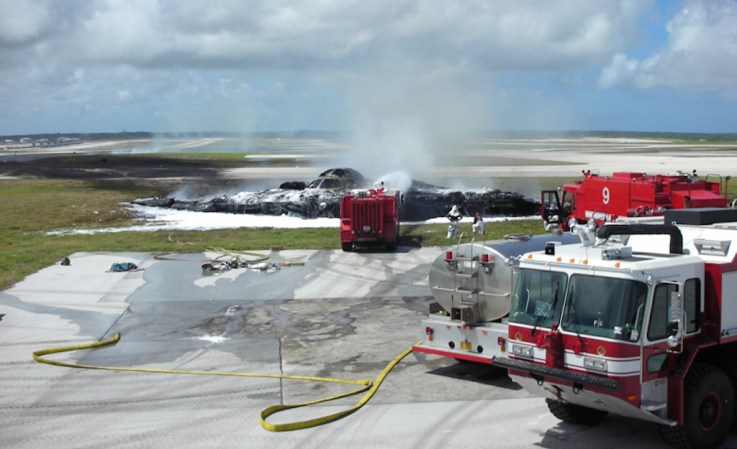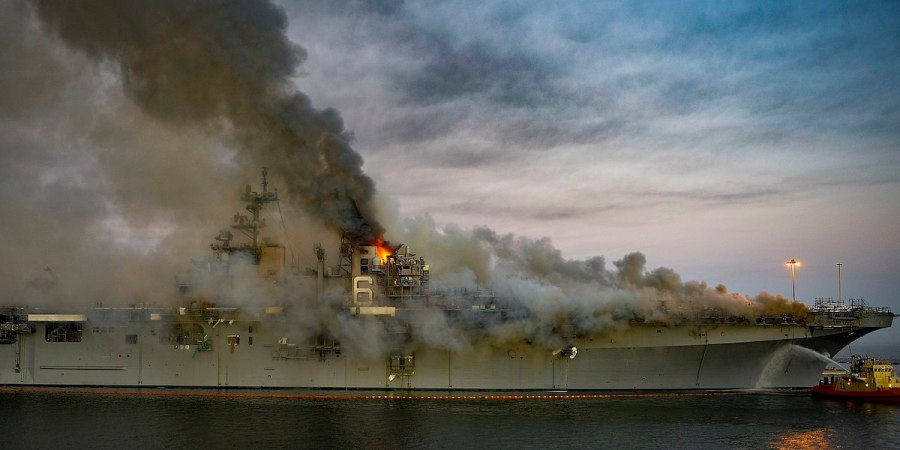The headquarters of the coalition fighting ISIS reported that two service members were injured when a V-22 “executed a hard landing” early this morning.
The two injured personnel suffered what the release described as “non-life threatening injuries” and were released shortly after being treated.
According to multiple reports, no enemy action was involved in the incident that reportedly involved a Marine Corps MV-22B Osprey, and the cause is under investigation.

This marks the third crash involving a V-22 Osprey this year. In January, during a counter-terrorism operation in Yemen, a V-22 Osprey was damaged and had to be destroyed in an air strike. In August, a V-22 crashed off the coast of Australia, killing three Marines. The worst crash involving an Osprey took place during testing in 2000, when a V-22 crashed at Marana Airport in Arizona, killing all 19 Marines on board.
The tilt-rotor aircraft replaced the CH-46 Sea Knight in Marine Corps service starting in 2006. According to a US Navy fact sheet, the Osprey has a crew of three and can carry 24 Marines. It can cruise at nearly 300 mph and has a range of over 850 miles without aerial refueling.
The Air Force uses the similar CV-22A version of the Osprey as a special operations platform, with a crew of four as opposed to three, and has an unrefueled range of over 2,100 nautical miles. The CV-22A can also carry 24 troops.

Despite the crashes and controversy over the program, the V-22 has provided a quantum leap in capability due to its range and speed. The tilt-rotor platform has helped take down a Taliban warlord, among other operational successes.
The Marine Corps has plans to purchase 360 V-22s, while the Air Force is buying 51. The Navy reportedly wants to buy 44 for use in a search-and rescue role that is currently filled by the MH-60S Seahawk helicopter.


























